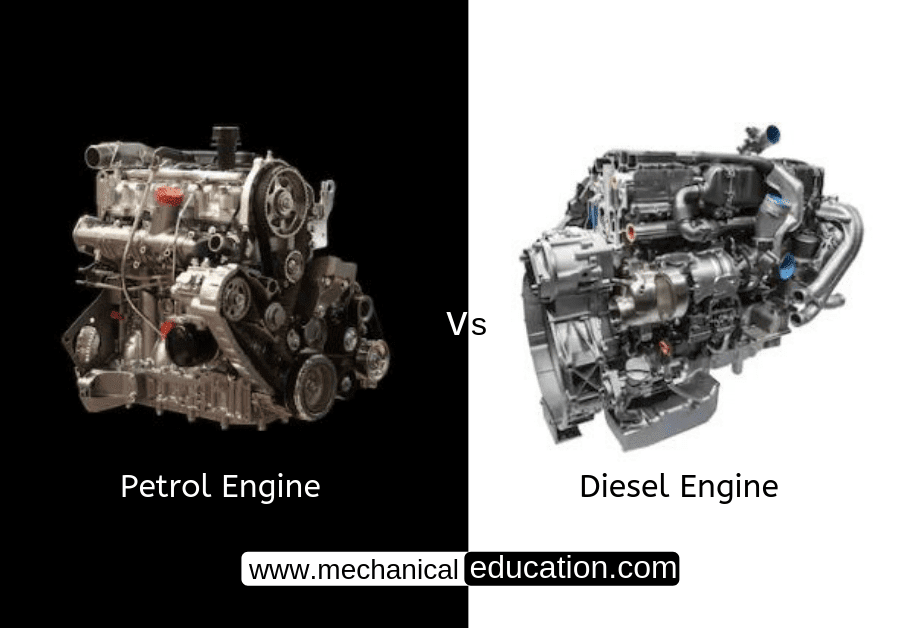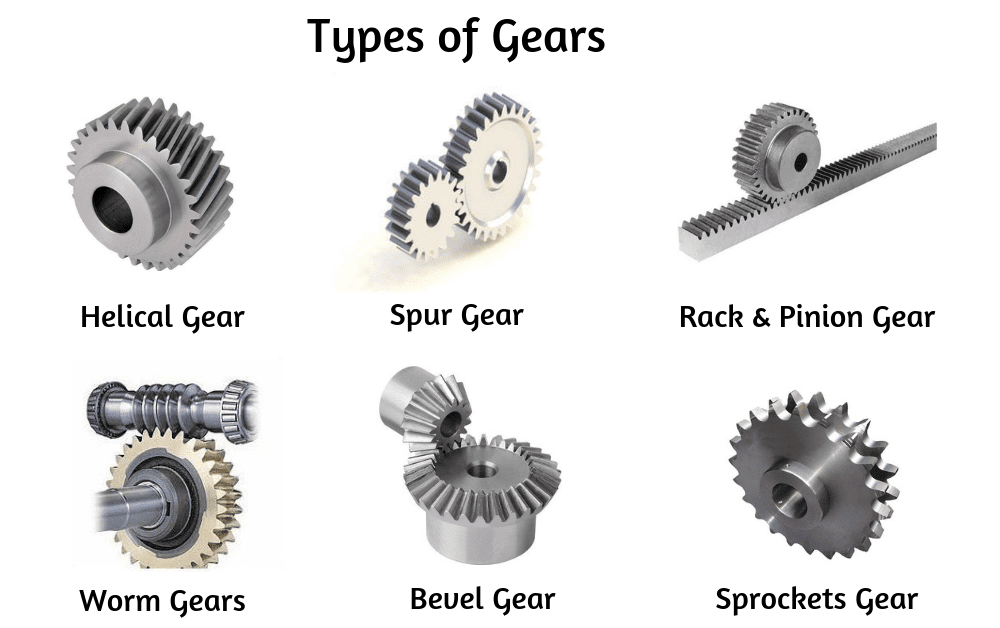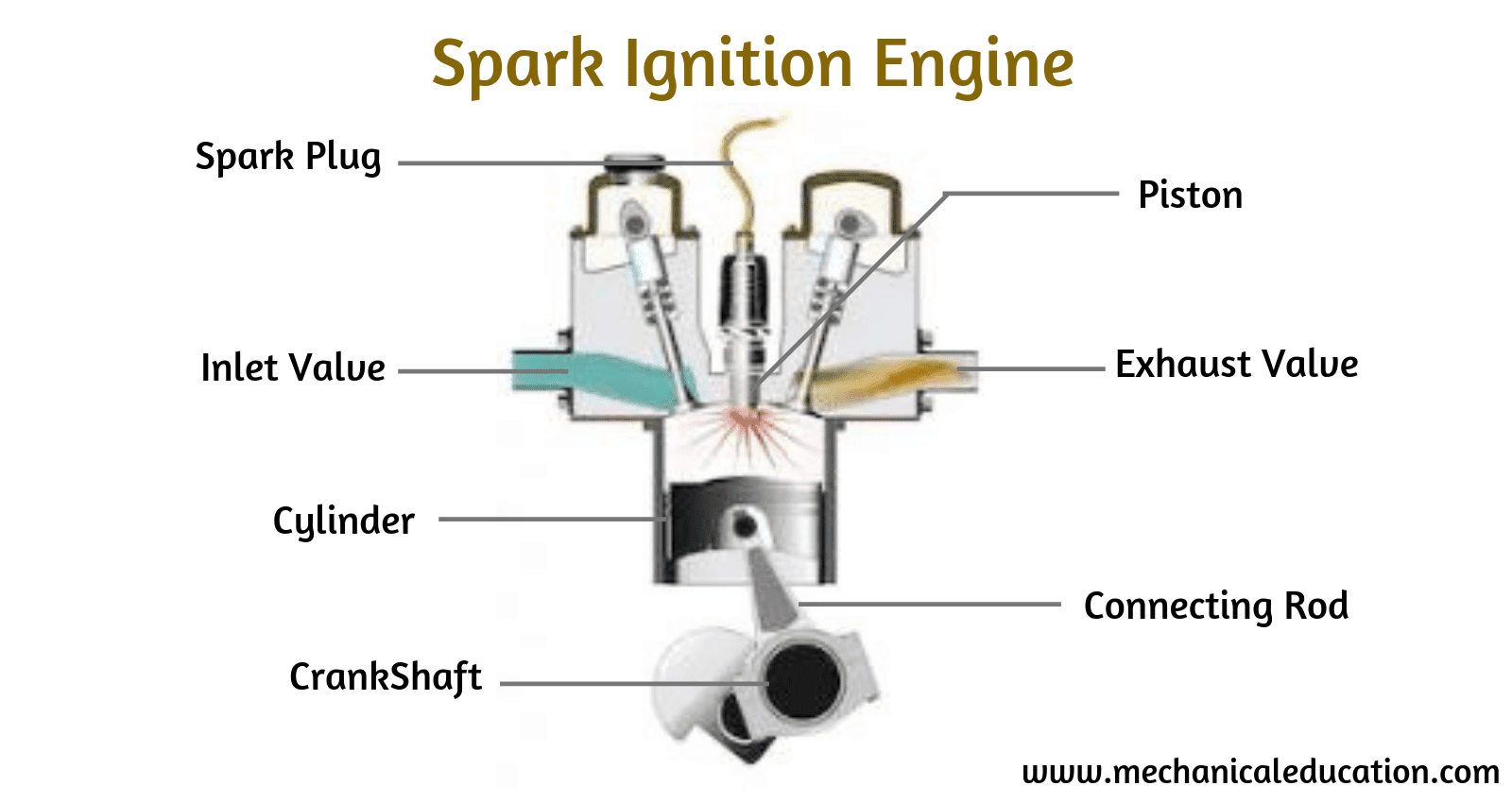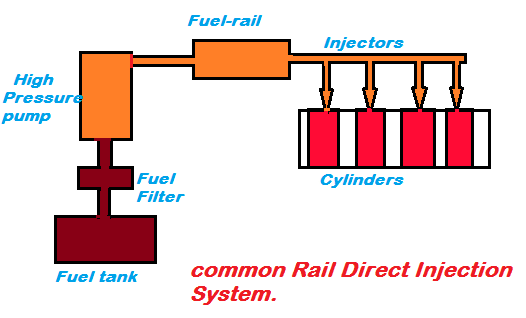Advantages of Riveting?
Riveting is a method of fastening two or more parts together by inserting a pin (rivet) through a hole in the parts and then deforming the end of the rivet to hold the parts together. Riveting has several advantages:
- Strong and Durable: Rivets provide a strong and durable fastening method, as the deformation of the rivet creates a mechanical lock that holds the parts together. Rivets also distribute the load over a larger area, which reduces the stress on any one point and increases the overall strength of the joint.
- Easy to Use: Riveting is a relatively simple and easy process that does not require specialized tools or equipment. This makes it a cost-effective and efficient method of fastening parts.
- Versatile: Rivets can be used to fasten a wide variety of materials, including metal, plastic, and wood. They are also suitable for use in a wide range of applications, such as construction, automotive, and machinery.
- Permanent: Rivets are permanent fasteners, which means they cannot be easily removed or disassembled once they are installed. This can be an advantage in applications where a permanent fastening is required.
- Low-cost: Rivets are relatively inexpensive and widely available, which makes them a cost-effective method of fastening parts.
- Resistant to vibration: Rivets are resistant to vibration, which is an important factor in the aerospace, automotive, and other industries where vibration is a common problem.
- Good for thin or weak materials: Rivets can be used to join thin or weak materials, where traditional screws or bolts would not be suitable.
- Easy to inspect: Rivets are easy to inspect, you can quickly see if the rivet is deformed or if it is loose and needs to be tightened.
In summary, Riveting is a strong, durable and versatile method of fastening parts together, it’s easy to use and low-cost. It’s suitable for a wide range of applications, and it’s resistant to vibration and easy to inspect.
Disadvantages of Riveting?
Riveting is a strong and durable method of fastening two or more parts together, but it also has some disadvantages:
- Permanent: Rivets are a permanent fastening solution, once they are installed, they cannot be removed or adjusted. This makes them less suitable for applications where parts need to be disassembled or adjusted frequently.
- Limited Accessibility: Riveting can only be performed on one side of the material, which can make it difficult to use in tight spaces or hard-to-reach areas.
- Material limitations: Rivets are typically used to join metal parts together, so they may not be suitable for use with other types of materials such as wood or plastic.
- Skill and Equipment: Riveting requires a certain level of skill and equipment, such as a drill and a rivet gun, which can make it more difficult to perform than other types of fastening methods.
- Time-consuming: Riveting can be time-consuming, especially if a large number of rivets need to be installed.
- Noise: Riveting can be quite loud, especially when using a pneumatic rivet gun. This can be a problem in environments where noise is a concern.
In summary, Riveting is a strong and durable method of fastening two or more parts together, but it also has some disadvantages. It is a permanent fastening solution and can only be performed on one side of the material, which can make it difficult to use in tight spaces or hard-to-reach areas. It is typically used to join metal parts together, it may not be suitable for use with




